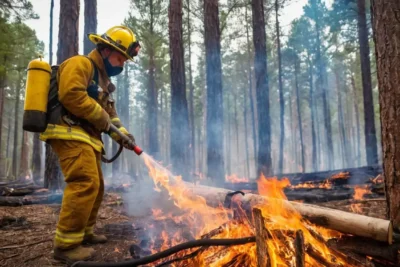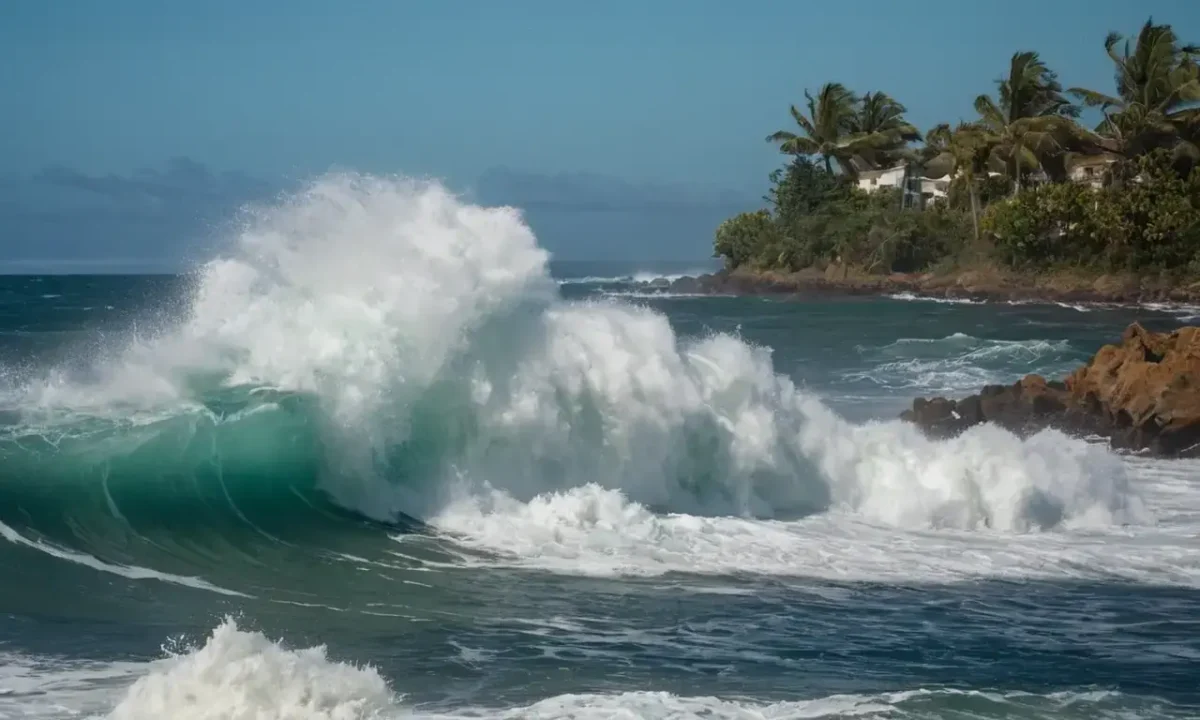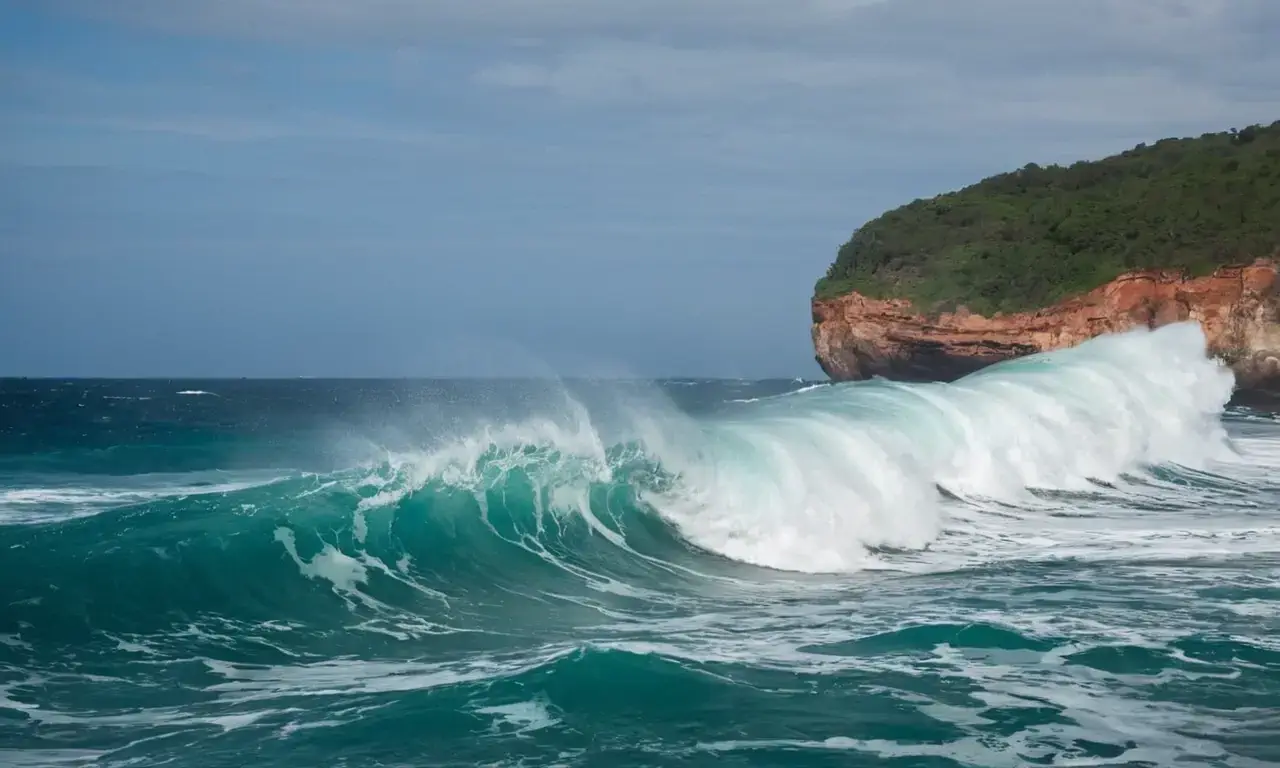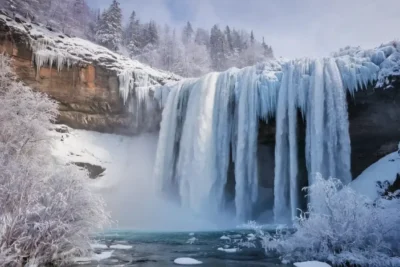
Tsunamis: Nature's Unstoppable Wave of Destruction

Tsunamis are awe-inspiring yet destructive natural phenomena that have shaped our planet for millennia. These colossal waves, triggered by seismic events like earthquakes or volcanic eruptions, can wreak havoc on coastal communities worldwide. Understanding tsunamis requires delving into their formation, characteristics, impact, and the ongoing efforts to mitigate their devastating effects. This article aims to provide a comprehensive overview of these powerful ocean waves, exploring how scientists attempt to predict them and the crucial role community awareness plays in minimizing casualties and damage.
What are Tsunamis?
Tsunamis are not simply large waves; they are a series of long-wavelength waves that travel across vast distances in the ocean. Unlike regular waves generated by wind or tides, tsunamis originate from sudden disturbances in the seafloor, such as underwater earthquakes or volcanic eruptions. These events displace massive amounts of water, creating a ripple effect that propagates outwards at speeds exceeding 500 miles per hour. As this wave energy travels across the ocean, it can grow significantly in height and reach coastal areas with devastating consequences.
The defining characteristic of a tsunami is its long wavelength, which allows it to travel for thousands of kilometers before reaching shallower water. This phenomenon is crucial because as the wave approaches land, it encounters shallow depths, causing the wave's energy to be rapidly converted into vertical motion. As a result, tsunamis can surge ashore with immense force, leading to catastrophic flooding and widespread destruction.
Causes of Tsunamis
Tsunamis are primarily caused by underwater seismic activity. Earthquakes occur when tectonic plates shift against each other, releasing tremendous amounts of energy in the form of vibrations that radiate outwards from the epicenter. These earthquakes can occur along plate boundaries where continents collide or diverge, leading to significant displacement of the seafloor.
Another common cause of tsunamis is volcanic eruptions. When a volcano erupts underwater, it can displace large volumes of water, triggering a tsunami wave. The eruption's force and the resulting underwater disturbance are often responsible for generating these powerful waves. Additionally, landslides triggered by earthquakes or volcanic activity can also contribute to tsunami formation.
Tsunami Characteristics
Tsunamis exhibit several unique characteristics that distinguish them from ordinary ocean waves. One of the most notable features is their long wavelength, which allows them to travel vast distances before reaching shallower water. This characteristic is crucial because as the wave approaches land, it encounters shallow depths, causing the wave's energy to be rapidly converted into vertical motion.
Another key aspect of tsunamis is their speed. These waves can travel at speeds exceeding 500 miles per hour in deep ocean waters, making them incredibly destructive once they reach coastal areas. This rapid movement allows tsunamis to spread quickly across vast distances, posing a significant threat to communities located along vulnerable coastlines.
Impact and Devastation

The impact of a tsunami can be devastating, leaving behind a trail of destruction that extends far beyond the initial wave's arrival. As these waves surge ashore, they carry immense energy that can cause widespread flooding, damage infrastructure, and displace entire populations. Coastal communities are particularly vulnerable to tsunamis due to their proximity to the ocean.
The sheer force of a tsunami can inundate coastal areas with water levels exceeding several meters, leading to significant property damage and loss of life. Buildings, roads, and other structures may be completely submerged, leaving behind a landscape scarred by the destructive power of these waves. Furthermore, tsunamis can trigger landslides and mudslides, further exacerbating the devastation caused by the initial wave.
Warning Systems and Preparedness
Recognizing the immense threat posed by tsunamis, scientists and researchers have developed sophisticated warning systems to mitigate their impact. The Pacific Tsunami Warning Center (PTWC) plays a crucial role in monitoring seismic activity around the globe and issuing timely warnings to coastal communities when a tsunami is detected. This system relies on a network of buoys and underwater sensors that detect even minor seafloor disturbances, allowing for rapid assessment and alert dissemination.
In addition to warning systems, preparedness measures are essential for minimizing casualties and damage during a tsunami event. Communities living in high-risk areas should develop comprehensive evacuation plans and ensure residents understand the potential dangers associated with tsunamis. Regular drills and community education programs can help individuals prepare for such events, increasing their chances of survival and reducing the impact on affected communities.
Mitigation Strategies
While predicting the exact size and impact of a tsunami remains challenging, scientists are constantly working to improve forecasting techniques and develop more effective mitigation strategies. One promising area of research involves using advanced modeling tools to simulate tsunami propagation and predict wave heights with greater accuracy. These models can help coastal authorities prepare for potential threats by identifying vulnerable areas and developing appropriate response plans.
Furthermore, efforts are underway to enhance early warning systems through the deployment of new technologies like autonomous underwater vehicles (AUVs) that can monitor ocean conditions in real-time. This technology allows scientists to gather valuable data about tsunami activity and improve their ability to predict wave heights with greater accuracy. By combining these advancements, researchers hope to further reduce the impact of tsunamis on coastal communities worldwide.
Importance of Community Awareness
Community awareness plays a crucial role in minimizing casualties and damage during a tsunami event. Educating residents about the potential dangers associated with tsunamis is essential for promoting preparedness and reducing the risk of loss of life. Public awareness campaigns can help individuals understand the warning signs of a tsunami, such as unusual ocean behavior or rapid changes in sea level.
Furthermore, community-based training programs can equip residents with the skills and knowledge necessary to respond effectively during a tsunami event. These programs can include drills simulating evacuation procedures and providing guidance on how to seek higher ground safely. By fostering a culture of preparedness within communities, individuals can play an active role in minimizing the impact of tsunamis and ensuring their safety during such events.
Lessons Learned from Past Events
Throughout history, numerous devastating tsunamis have impacted coastal communities worldwide. These historical events serve as valuable lessons for understanding the destructive power of these waves and the importance of preparedness. The 2004 Indian Ocean tsunami, which claimed over 230,000 lives, remains one of the deadliest natural disasters in recorded history. This tragedy highlighted the need for robust early warning systems and effective evacuation plans to minimize casualties.
Similarly, the 1960 Valdivia earthquake, which triggered a devastating tsunami that devastated Chile and surrounding areas, underscored the importance of understanding the complex interplay between earthquakes and tsunamis. By studying past events, scientists can gain valuable insights into the dynamics of these natural phenomena and develop more effective mitigation strategies for future occurrences.
Future Research and Advancements
The ongoing study of tsunamis is crucial for improving our ability to predict their occurrence and minimize their impact on coastal communities. Researchers are constantly working to refine existing models and develop new technologies that can enhance tsunami forecasting capabilities. One promising area of research involves using artificial intelligence (AI) to analyze vast amounts of data and identify patterns that may indicate a potential tsunami threat.
Furthermore, advancements in remote sensing technology offer exciting possibilities for monitoring ocean conditions and detecting tsunamis before they reach land. Satellites equipped with advanced sensors can monitor sea level fluctuations and detect changes in water displacement, providing valuable information for early warning systems. By combining these technologies, researchers hope to further improve our ability to predict and mitigate the impact of tsunamis on coastal communities worldwide.
Conclusion
Tsunamis are powerful natural phenomena that pose a significant threat to coastal communities around the globe. While predicting their exact size and impact remains challenging, scientists continue to develop advanced warning systems and mitigation strategies to minimize their devastating effects. By understanding the causes, characteristics, and potential dangers of tsunamis, we can better prepare for these events and reduce the risk of loss of life.
Community awareness plays a crucial role in promoting preparedness and ensuring that individuals are equipped to respond effectively during a tsunami event. Through education, training programs, and community-based initiatives, we can empower communities to face these challenges head-on and minimize the impact of tsunamis on their lives. As research continues to advance, our ability to predict and mitigate the effects of tsunamis will continue to improve, ultimately safeguarding coastal communities for generations to come.
Leave a Reply





Related Links